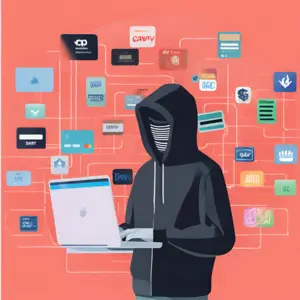Ransomware Hits Critical Infrastructure: The Rising Costs and Response
Ransomware attacks are becoming a significant threat to critical infrastructure, with financial impacts soaring up to $1 million per incident. A survey conducted by Claroty, which involved 1,100 security professionals in sectors such as chemical manufacturing, healthcare, and energy, revealed that 45% of organizations suffered financial losses exceeding $500,000 due …










